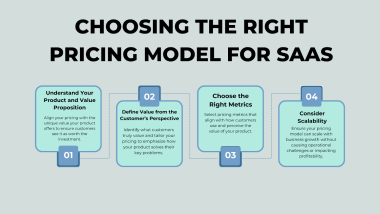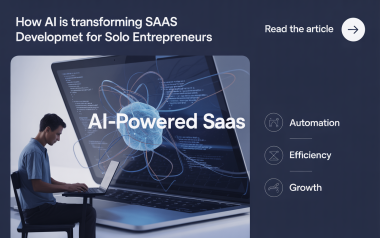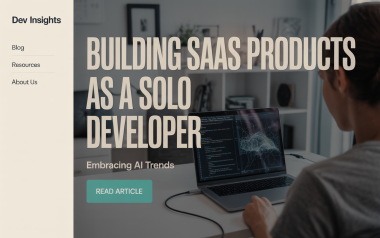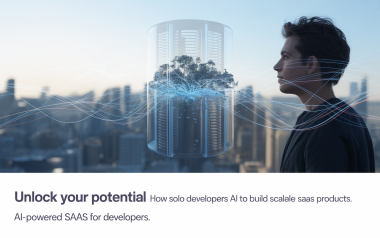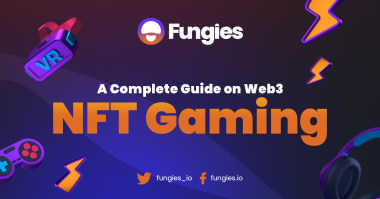SaaS startups in today’s AI-driven market face a more selective fundraising landscape where investors scrutinize metrics and demand clear paths to profitability. The extended fundraising timelines—now often exceeding six months—require founders to leverage strategic timing and AI-powered tools to optimize their fundraising efforts and stand out in a competitive field.
Key Takeaways
- Fundraising now takes six months or longer to close, requiring earlier preparation and strategic timing
- Investors prioritize capital efficiency and revenue growth over ideas alone in the current market
- AI tools can optimize pitch decks and help identify ideal investor matches based on investment patterns
- The best fundraising windows occur from mid-January through mid-May and post-Labor Day through Thanksgiving
- Building a strong team and demonstrating execution capabilities significantly impact investor confidence
Understanding Today’s Fundraising Environment
The fundraising landscape for SaaS startups has transformed dramatically in recent years. Investors have become increasingly selective and methodical in their approach, carefully examining metrics before committing capital.
This shift requires founders to be strategic about when they pursue funding. According to experts, the optimal fundraising windows are mid-January through mid-May and the period between Labor Day and Thanksgiving, when venture capitalists are most active [2]. Outside these timeframes, securing meetings and closing deals becomes significantly more challenging.
The extended timeline for closing deals—often six months or longer—means founders need to start the fundraising process earlier than they might expect [5]. This extended timeline requires careful planning and resource management to ensure the company doesn’t run out of runway during the fundraising process.
Building the Foundation for Successful Fundraising
Before approaching investors, SaaS founders must establish solid fundamentals that make their startups attractive investment opportunities. This starts with assembling an exceptional team that can execute the company vision.
Investors look for teams with a track record of success and complementary skill sets. A strong team signals to investors that the company has the execution capabilities necessary to overcome inevitable challenges [3].
Capital efficiency has also become a non-negotiable factor for investors in today’s market. Founders must demonstrate their ability to use resources wisely, with clear unit economics and reasonable customer acquisition costs [3]. This discipline shows investors that you can achieve significant growth without burning through cash unnecessarily.
Leveraging AI for Pitch Optimization
AI tools provide significant advantages in crafting pitches that resonate with investors. By analyzing feedback from previous pitches, AI can help identify patterns and areas for improvement that might otherwise go unnoticed.
Data visualization enhanced by AI makes complex metrics more digestible and compelling. Instead of overwhelming investors with spreadsheets, AI-powered visualizations can highlight growth trajectories and key performance indicators in ways that tell a clear story about your business potential.
Financial projections carry more weight when supported by AI-driven predictive models. These models can incorporate historical data, market trends, and competitive analysis to create realistic growth forecasts that stand up to investor scrutiny.
Strategic Investor Targeting with AI
Finding the right investors is often as important as crafting the perfect pitch. AI algorithms can match your startup with investors whose portfolios, investment history, and focus areas align with your business.
These matching algorithms analyze thousands of data points to identify investors who have funded similar companies or expressed interest in your sector. This targeted approach saves time and increases the likelihood of successful matches.
AI-assisted investor profiling provides deeper insights into what specific investors value most. Some investors prioritize strong unit economics, while others focus more on market size or technological innovation. Understanding these preferences allows you to tailor your approach for each potential investor.
Data-Driven Decision Making for Growth
Investors expect SaaS founders to make decisions based on solid data rather than intuition alone. AI tools can analyze market trends and competitor activities to inform your strategic decisions and demonstrate market awareness.
Customer behavior insights derived from AI analytics reveal patterns in retention and usage. These insights help identify growth opportunities and potential problems before they affect your metrics.
Monitoring efficiency metrics through AI dashboards ensures you’re tracking the right KPIs. Investors want to see key metrics like customer acquisition cost, lifetime value, retention rates, and revenue growth trending in the right direction.
Real-World Fundraising Success Stories
Companies like Zoom and Slack have effectively used data visualization to highlight their growth potential. Their pitch decks featured AI-enhanced visualizations that clearly demonstrated product-market fit and user engagement, helping secure significant investments.
Platforms like Crunchbase have integrated AI to match startups with potential investors. These systems analyze investor portfolios and preferences to create connections that might otherwise be missed, demonstrating how AI can streamline the fundraising process.
Avoiding Common Fundraising Pitfalls
Many founders underestimate how long fundraising will take in the current environment. Starting the process at least six months before you need the capital gives you adequate time to navigate the extended closing timelines [5].
Ideas alone no longer secure funding—investors want to see traction and growth. Revenue growth, strong retention metrics, and efficient customer acquisition have become essential for attracting investment [5].
Inefficient resource use can quickly turn investors away. Demonstrating how you’ve maximized results with minimal spending shows investors you’ll be equally careful with their money [3].
Actionable Tips to Secure Funding
Focus on building a scalable business model with a clear path to profitability. Investors are looking for companies that can achieve sustainable growth rather than those burning cash for market share [3].
Demonstrate resilience by showing how your startup has overcome challenges. Investors want to see that you can adapt to changing market conditions and execute your plans consistently [2].
Consider alternative funding sources when appropriate. Bootstrapping, incubators, and accelerators can provide support while you build the traction needed for larger funding rounds [1][3].
Develop a clear go-to-market strategy that outlines how you’ll reach your target customers. A well-defined customer acquisition plan with reasonable costs reassures investors that you can efficiently scale your business [3].
Sources
Ecaplabs – SaaS Funding
ForumVC – Key Trends and Fundraising Advice for B2B SaaS Founders in 2025
TK Kader – SaaS Funding in 2025
OnSaaS – How to Start a SaaS Company
Shoutex – SaaS Startup Funding Reality 2025
